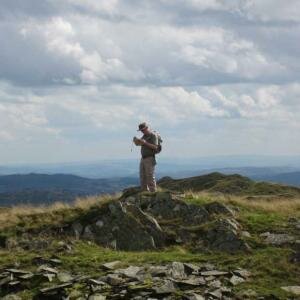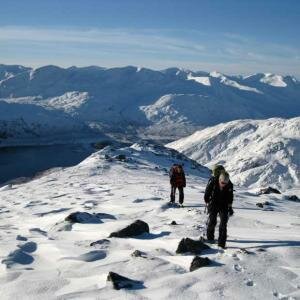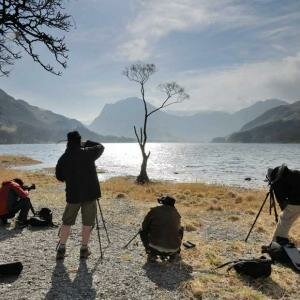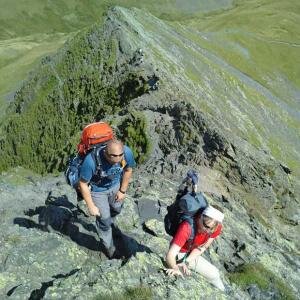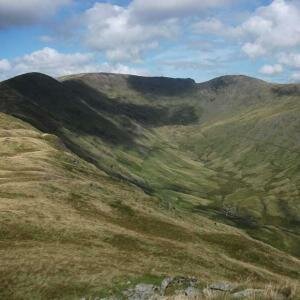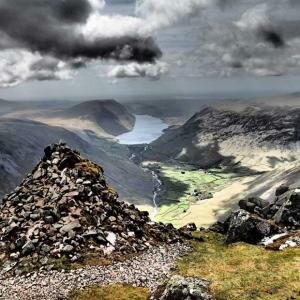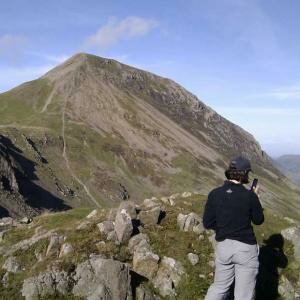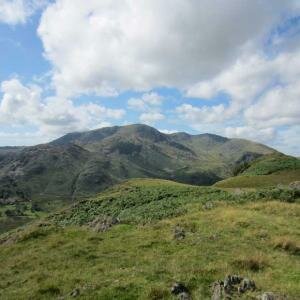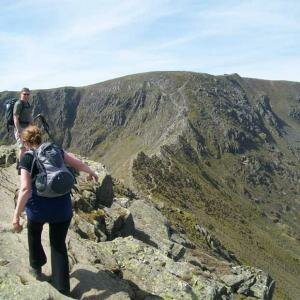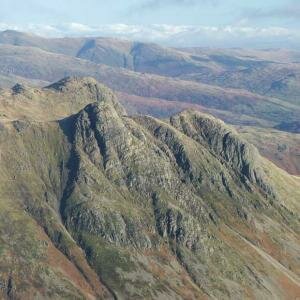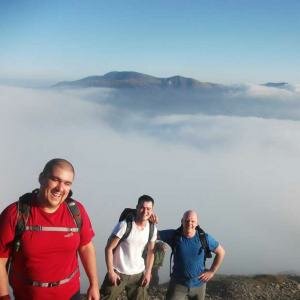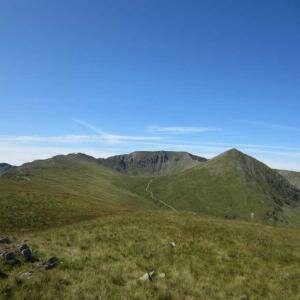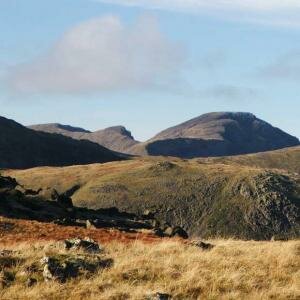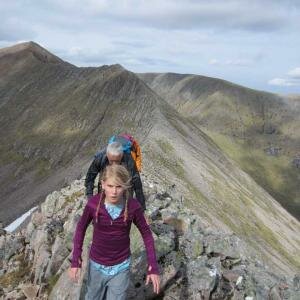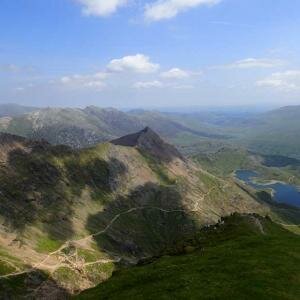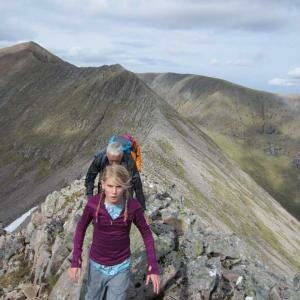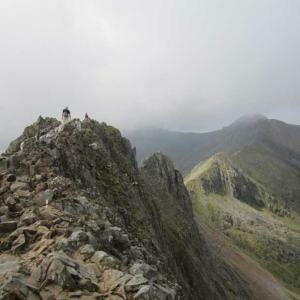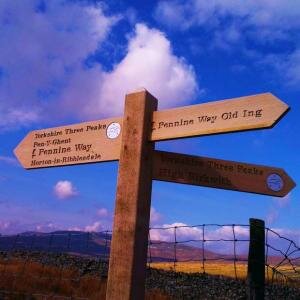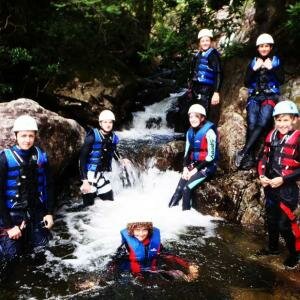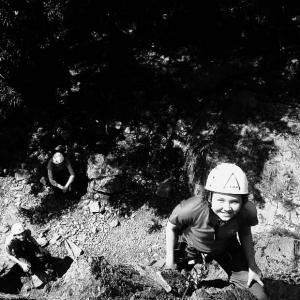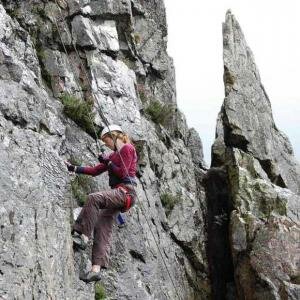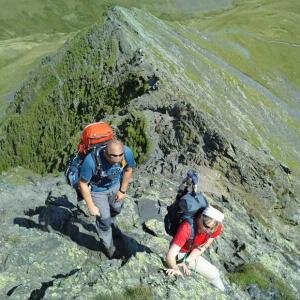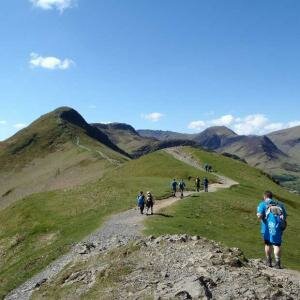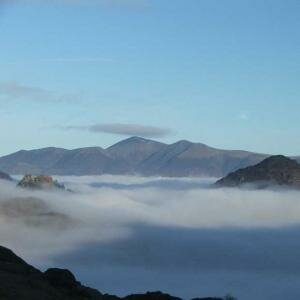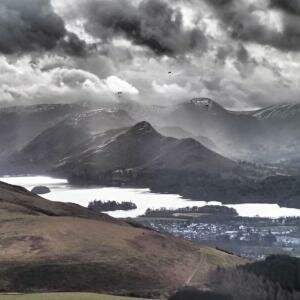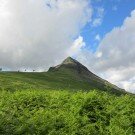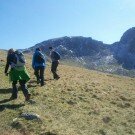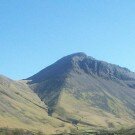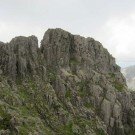|
| "Pillar Rock is not at one's backdoor, but it is an imposing atmospheric venue offering superb climbs over a wide variety of grades on impeccable rock and worth every bit of the long approach." |
|
Reid and Rigby, 2007
|
|
Pillar Rock is an iconic piece of Lake District climbing history. Sitting at the head of the Ennerdale Valley it is often visited by Climbers and Hill walkers from all directions. Nestled on the 'West Face of High Man' New West provides an enjoyable multi-pitch climb on rock usually reserved for the harder grades. Pillar Rock can be approached from either Ennerdale, Buttermere or Wasdale Valley, and all will take about two and a half hours. We recommend approaching from either Buttermere, starting at Gatesgarth Farm, or from the Wasdale Head Inn in Wasdale. The route from Buttermere will climb up Scarth Gap between Haystacks and High Crag before descending down into the trees in the Ennerdale Valley. The route from Wasdale climbs the fellside up to the Black Sail Pass where we will join the High Level Route, which is a fantastic walkers path that traverses along the northern face of Pillar. |
|
|
Reid and Rigby, 2007
|
|
To descend from the top we will either reverse the Slab and Notch climb, or abseil down to Western Gully, of which we will then descend. The location of Pillar Rock offers itself as a great mountain adventure. It could easily be tied in with a night of Wild Camping below the crag, or even a night under the stars in a bivi on the top! The following day could then be used for another route or two before walking out. Each participant will be required to bring suitable equipment for the walking in and walk out of this climb. Harnesses and helmets can be provided by The Lake District Walker if required. please see Kit List tab above for further guidance. |
| "Seen from a distance, Great Gable has no great rock face to attract the eye, and it is therefore not surprising that some fifty years elapsed after the first ascents of Pillar Rock and Scafell Crag before the first climb on Gable was recorded." |
|
Reid and Rigby, 2007
|


